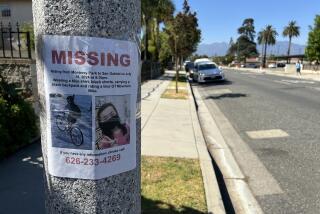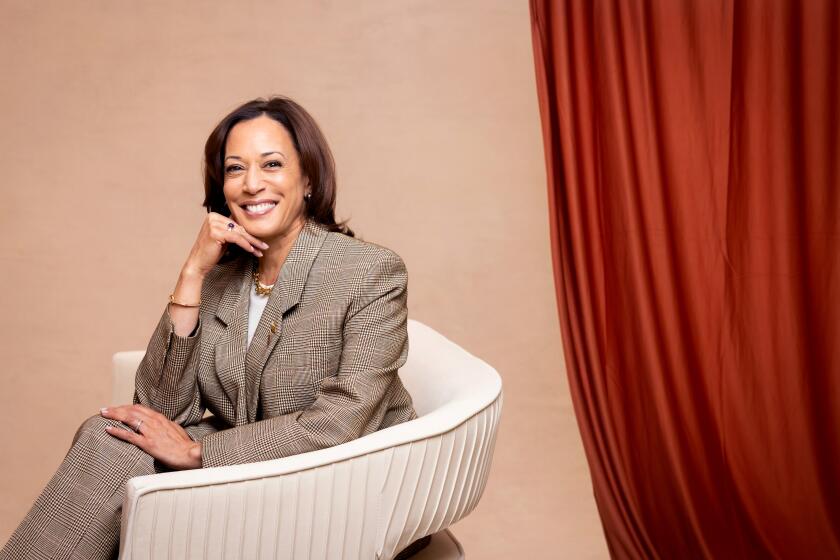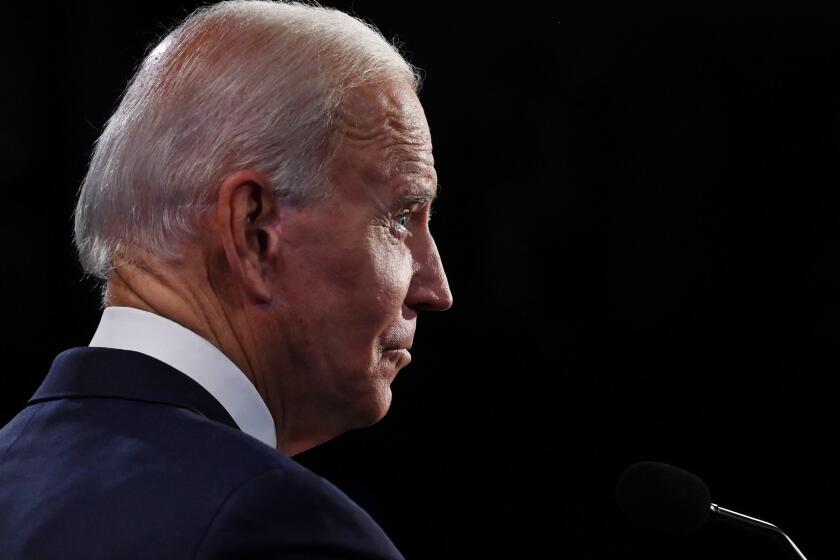Beverly Hills Cop IV--the Lawsuit : Modern policing means one set of rules for all. So whatever the merits of a racially charged lawsuit, even perceptions of bias are trouble.
I remember when I first realized that a police chief could be more effective using his head than bashing heads. Former New York Police Commissioner Patrick V. Murphy was reminiscing about the time in 1963 when, as the new chief in Syracuse, N.Y., he telephoned a civil rights activist who was planning a sit-in downtown. Murphy suggested to the activist that they work together to ensure that no one, protesters or cops, got hurt. And in fact the two of them wound up choreographing exactly when the protesters would shout “pig” and “police brutality,” exactly who should be arrested when the protesters trespassed at city hall, exactly how much “struggle” needed to be shown for the TV cameras, etc., etc.
Everything went according to plan, but the protest organizer had initially been flabbergasted by the proposal: This was the first time any white police official had ever treated him, a black man, as an adult equal. “But what’s the job of the police in America?,” muses Murphy, 75, today. “It’s to keep the peace, not to humiliate minorities. It’s to work with all communities, not to have white-glove operational rules for the majority community and truncheons for minorities.” Since the 1960s, when police-minority tensions were identified as one cause of our urban riots, relations between minorities and police in a number of places have improved. But not everywhere.
Consider our local Torrance PD, where a botched 1994 traffic stop induced the city last week to fork over nearly $400,000 to settle abuse charges by three Latino men; or the PD in Brentwood, Pa., a suburb of Pittsburgh, now on the defensive because of the very curious late-night death of a black man (whose outraged cousin is an NFL football player) while in the custody of five white officers. Or consider actor Eddie Murphy’s favorite silver-screen police department: Beverly Hills. Monday, a federal lawsuit was filed on behalf of six African Americans alleging that it is the “custom, policy and practice” of the BHPD to detain black pedestrians or motorists solely because they are black. Routinely, the lawsuit claims, police officers target cars driven by black men and pull them over for a trivial or even fictitious reason, such as a “broken” taillight. The motorists are rousted, interrogated and sometimes handcuffed without justification, charges the suit. While the alleged practice of targeting blacks hasn’t led to a Pittsburgh-type tragedy, lead plaintiffs’ attorney Robert Tanenbaum, a former Beverly Hills mayor, worries that it could. “The practice of targeting blacks is racism masquerading as law enforcement,” he says. The lawsuit also alleges that the city and the department have exhibited “deliberate indifference” to such repeated constitutional violations.
The Beverly Hills police deny those allegations but confirm that they practice “aggressive policing.” Fair enough: Cops face constant danger from nut cases who never should have been released from psychiatric wards and from career hoodlums who never should have been let out of their cages. But there’s enough substance in this 71-page lawsuit to raise doubts that Beverly Hills cops are as aggressive with whites as with blacks. Indeed, the very fact that some black residents of Beverly Hills sincerely believe that “aggressive patrolling” is tantamount to targeting black motorists without reasonable suspicion means that a significant minority-police problem may exist, despite Beverly Hills’ otherwise deserved reputation for liberal and humanitarian causes. It is not any police department’s job to protect law-abiding whites at the expense of law-abiding blacks or any other minority, for that matter.
Black members of the Beverly Hills High School football team who live in Beverly Hills are among those charging bias. They, as well as their parents or guardians, now distrust the local police department. Someday down the road, they may wind up on a jury passing judgment on police evidence against a black man. And someday these young men may be making larger assessments about the criminal justice system. So the question America must ask itself is: Do we really want this kind of alienating relationship between black people and police? Even if black criminals do commit a disproportionate percentage of crimes, even in Beverly Hills, can’t law enforcement procedures be calibrated more professionally to avoid unnecessary and probably unconstitutional actions against law-abiding citizens who happen to be black?
Beverly Hills Police Chief Marvin Iannone wouldn’t grant an interview because, his office says, of this pending litigation. OK, but once this misunderstanding (let’s term it) between Beverly Hills’ blacks and Beverly Hills’ cops is cleared up, perhaps we could sit down and talk this issue over. Maybe I can even get Patrick V. Murphy to sit in with me. Surely American law enforcement has learned enough since the volatile ‘60s that it can do better than this.
More to Read
Sign up for Essential California
The most important California stories and recommendations in your inbox every morning.
You may occasionally receive promotional content from the Los Angeles Times.






